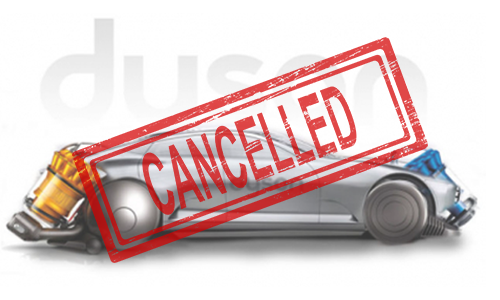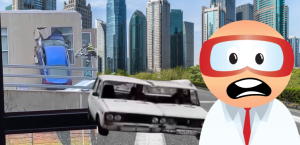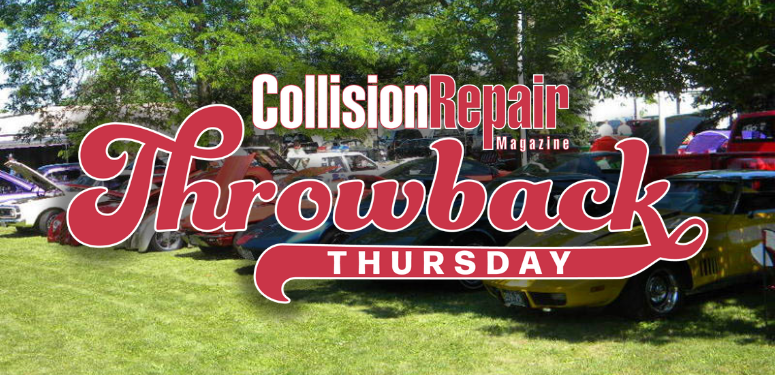Sucked Dry
James Dyson, Billionaire inventor and chairman of British technology company Dyson announced Tuesday that the company has pulled the plug on its electric vehicle project.
Dyson released an email to his staff saying that he and his board of directors made the decision to stop the effort after unsuccessfully trying to find a buyer. He said the Dyson automotive team had built a “fantastic car,” but the project is no longer commercially viable.
The company originally said it would unveil its electric car next year before late delaying the debut until 2021. The brand planned to craft a whole lineup of vehicles carrying its name and was working on developing solid-state batteries for electric vehicles.
With the EV project cancelled, the brand plans to focus on the “formidable task of manufacturing solid-state batteries,” as well as developing vision systems, robotics, machine learning, AI and other technologies.
In the same email, Dyson said he and his team are “working quickly to find alternative roles” for the 600-strong EV project team. He said the company has sufficient vacancies to absorb most of the people into its home business.
Smartphone Summoning
Tesla rolled out Smart Summon, its new software update that allows owners to command their vehicles remotely with a smartphone, last month–and there have been mixed results.
The software update is available via a smartphone app and enables Tesla owners to command their vehicle to turn itself on, pull out of a parking space and drive the smartphone holder’s location. The app is said to work on Teslas parked up to 200 feet (61 metres) away and only operates properly if the driver has their finger on their phone screen at all times. If the driver breaks contact with their screen, their vehicle will stop until the owner places a finger back on the screen.
According to Tesla, Smart Summon has been used 550,000 times since its September release. Owners appear to be in awe when it comes to seeing the novelty of seeing their vehicle drive itself.
“I’m blown away,” said one owner in a video, after watching his Tesla drive autonomously behind a group of pedestrians. “That was fantastic. Scary and terrifying, but fantastic.”
The automaker cautioned its customers to only use the new feature in private parking lots and driveways, and only if the app user can see the car at all times–because “it may not detect all obstacles.” Tesla also warned users to “be especially careful around quick-moving people, bicycles and cars,” prompting discussion that suggests the software is not quite ready for a public rollout.
Videos have surfaced online of driverless Teslas cautiously cruising through busy shopping centre parking lots, on public roads and travelling out of sight of the operator. Most videos capture successful trips and excited reactions from owners, but some show near collisions and glitches with the summoning system.
Coasting in Calgary
An autonomous vehicle from an Alberta-based company’s fleet has begun testing in the city’s northeast sector.
Developed by Hexagon Positioning Intelligence in Calgary, Alberta, the autonomous vehicle is expected to continue tests at the city’s property once or two per week for the next year. The project is part of the City of Calgary’s Living Labs initiative, which leverages city assets to aid businesses in growth and development endeavours.
“We’re helping Hexagon out with research and development,” said Andrew Sedor, business development coordinator and transportation strategist for the city of Calgary. “We give access to the city’s assets, so things like this road’s tarmac here, in order for companies to do research development and help diversify and grow the Calgary economy.”
Hexagon is utilizing an unused snow dump site near its headquarters for the tests. The company has demonstrated how a vehicle outfitted with its high-tech positioning technology can navigate an area using a series of systems, including global navigation satellite systems, light detection and ranging (LiDAR), radar and cameras working together.
This is not the first time the city has tested a driverless shuttle: in 2018, it ran an autonomous shuttle between Telus Spark and the Calgary Zoo–a 750 metre stretch. In its 22-day trial, the shuttle transported 4,500 people.





































